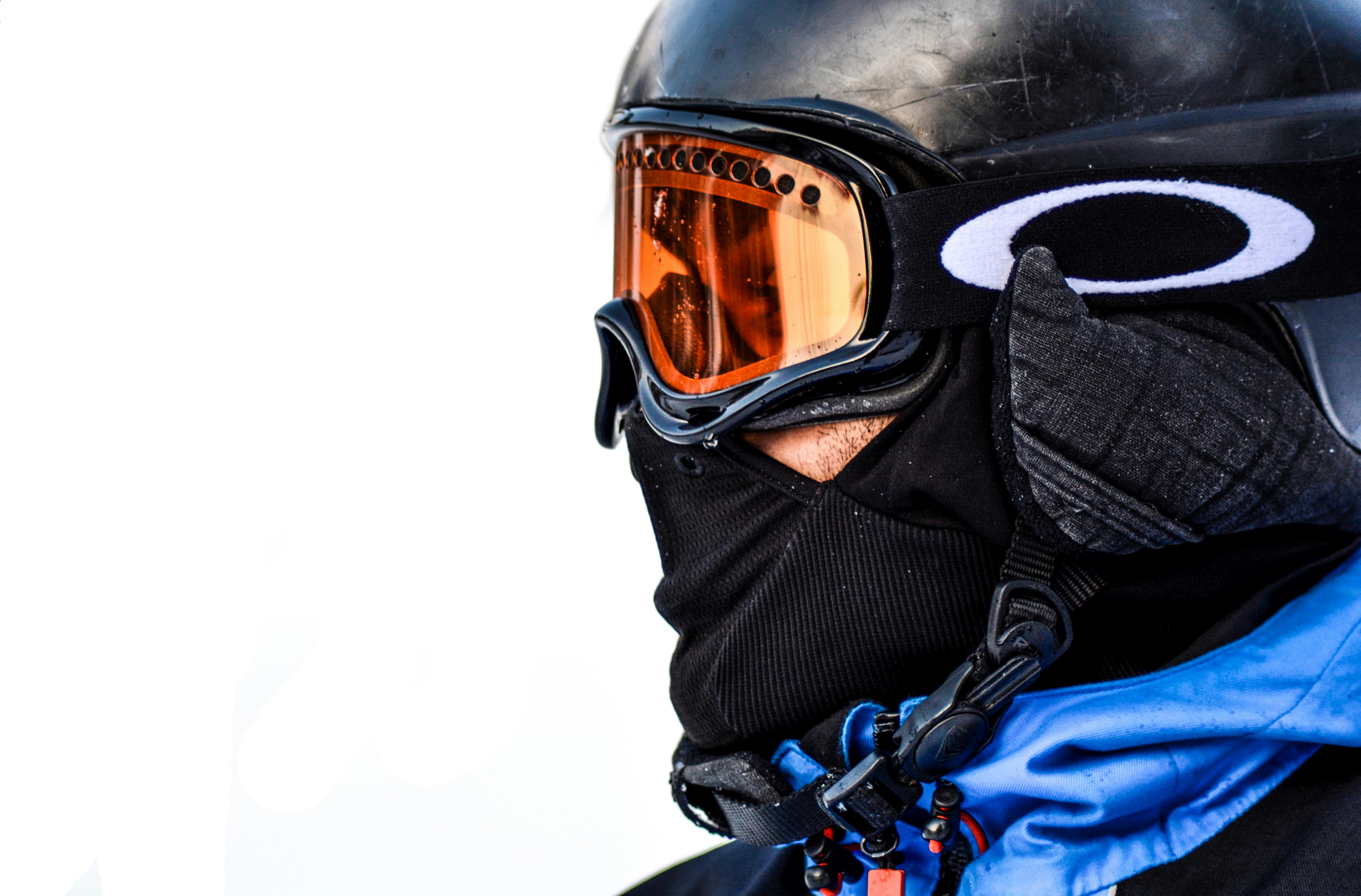Ski Clothing and Helmets: What to Wear for Safety and Comfort
Choosing the right ski clothing and helmet helps you stay warm, dry, and protected on the slopes while preserving mobility and sightlines. This article explains how jackets, layers, helmets, and maintenance practices work together for comfortable skiing in winter conditions. The focus is on practical features, fit, and how clothing choices affect safety and performance for recreational and more serious winter sport participants.

What jacket should I choose for skiing?
A ski jacket is the outermost layer that protects against wind, snow, and moisture while allowing movement. Look for a jacket with a waterproof rating (often listed as mm) and breathable membranes to reduce internal condensation. Insulation level depends on how active you are: heavier insulation for low-activity, cold days; lighter or removable insulation for high-output skiing. Features to prioritize include a helmet-compatible hood, powder skirt, sealed seams, ventilation zips, and well-placed pockets for lift passes and goggles. Fit should allow layering without restricting shoulder and arm mobility.
How to layer for winter ski days?
Layering balances insulation and moisture control. Start with a moisture-wicking base layer (synthetic or merino) to move sweat away from skin. Add a mid-layer such as fleece or lightweight insulated jacket for warmth. The outer shell (jacket and pants) should be windproof and water-resistant or waterproof. For fluctuating conditions, choose pieces that compress or vent easily. Avoid cotton as it holds moisture. Proper layering helps regulate temperature, reduces the need to remove heavy garments on intermittent chairlift rides, and maintains dryness—key for comfort and preventing hypothermia risk in colder environments.
What helmet features matter for skiing safety?
A helmet for skiing should fit snugly, sit level on the head, and leave a small gap above the eyebrows. Look for helmets meeting recognized safety standards for snow sports; venting options help temperature control, and removable liners make cleaning easier. Compatibility with goggles is important—ensure the helmet meets the goggle frame without creating gaps that let wind in. Some helmets include audio-ready features or MIPS-like rotational impact technologies; these are design choices that may reduce certain forces in a crash. Remember a helmet is one part of risk reduction—not a substitute for cautious skiing and proper technique.
How does proper clothing affect sport performance?
Clothing influences mobility, thermoregulation, and focus. Breathable fabrics and articulated cuts reduce sweat buildup and friction, allowing freer movement during turns and quick maneuvers. Overly bulky garments can impede balance and responsiveness; conversely, inadequate insulation forces the body to expend energy to stay warm. Well-designed ski apparel minimizes distractions from wind, snow, or cold and supports endurance by keeping muscles at a functional temperature. For competitive or long days on the mountain, prioritize lightweight technical fabrics and ergonomic fits that support range of motion without sacrificing protection.
How to pick ski-specific pants and gloves?
Ski pants should pair with your jacket in breathability and waterproofing. Features to look for include reinforced cuffs to resist edge damage, gaiters to keep snow out of boots, and articulated knees for better movement. Insulated pants offer extra warmth; shell pants paired with mid-layers provide more versatility. Gloves and mittens should balance warmth and dexterity—mittens are warmer for very cold conditions, gloves give better grip for poles and zippers. Waterproofing (coatings or membranes) matters for both gloves and pants. Proper fit is essential: too tight reduces circulation, too loose lets in cold air and snow.
How to care for ski clothing and helmets?
Regular maintenance extends the lifespan and performance of gear. Follow manufacturer instructions: wash shells with technical detergents designed to preserve water repellency; avoid fabric softeners. Reproof waterproof coatings when water no longer beads on the surface. Inspect seams, zippers, and ventilation for debris and damage. Helmets should be cleaned with mild soap and stored away from heat or direct sunlight; if a helmet sustains a significant impact, many manufacturers recommend replacing it even if there is no visible damage. Proper drying, storage, and occasional repairs keep garments functional season after season.
In summary, effective ski clothing and helmets combine appropriate materials, correct fit, and considered features to support safety and comfort on the slopes. Prioritize breathable layers, a waterproof outer shell, well-fitted helmets that meet safety standards, and durable accessories like gloves and pants designed for snow sport conditions. Routine care helps maintain protection and performance across seasons.






